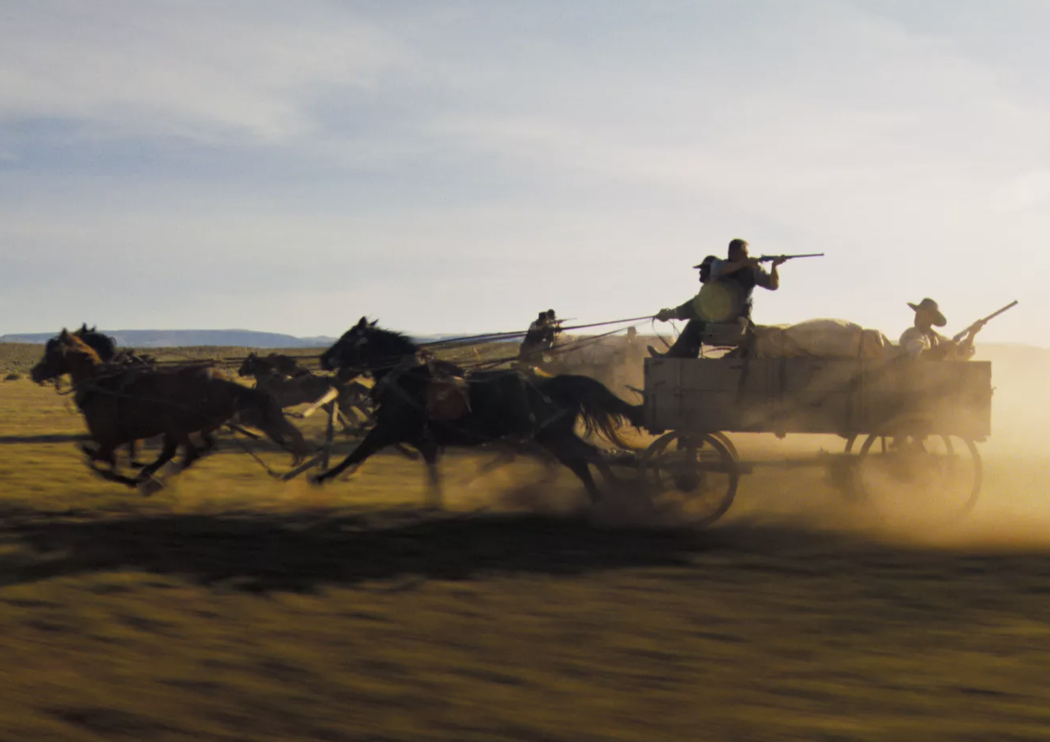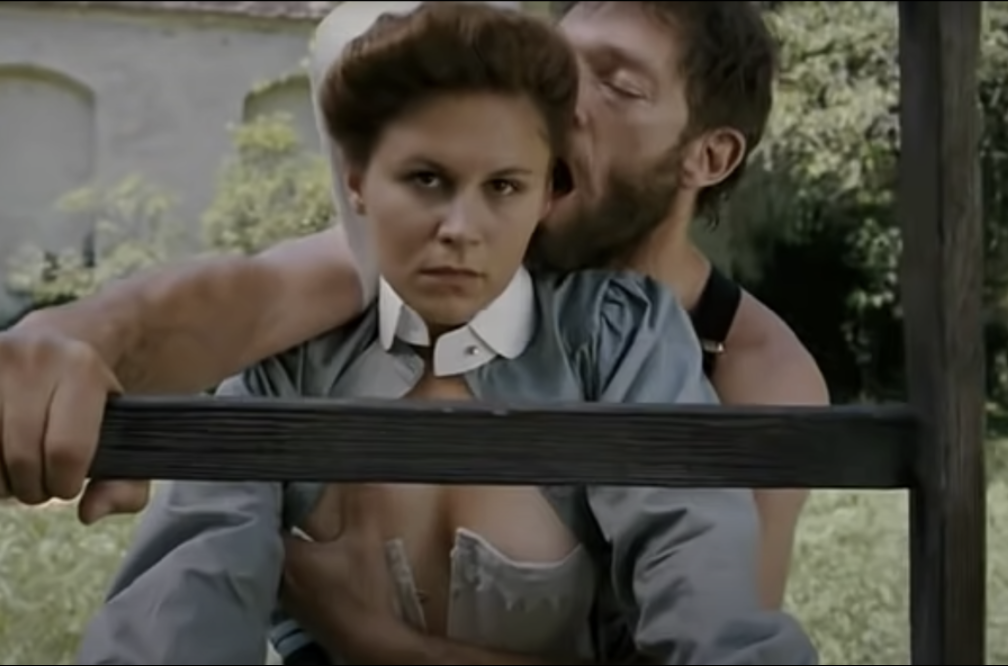
Martin Scorsese‘s films have always been clear about who the lead character is, and why we should care about him or her or at least feel a certain kinship, even if they were criminals or morally compromised in some way. We always absorbed the stories that unfolded from this lead character’s point of view.
Goodfellas had a point of view — i.e., Ray Liotta’s or Henry Hill‘s.
The Wolf of Wall Street had a point of view — Leonardo DiCaprio’s or Jordan Belfort‘s.
Mean Streets had a point of view — Harvey Keitel’s.
The King of Comedy has a point of view — Robert DeNiro‘s or Rupert Pupkin‘s.
Casino had a point of view — Ace Rothstein‘s or Robert De Niro‘s.
The Departed had a point of view — Leo’s for the most part although Matt Damon and Jack Nicholson muscle their way in from time to time.
Taxi Driver had a clear point of view — Robert De Niro‘s or Travis Bickle‘s.
In The Age of Innocence, the point of view was owned by Daniel Day Lewis or Newland Archer.
Raging Bull certainly had a point of view — Robert De Niro‘s or Jake LaMotta‘s.
The Last Temptation of Christ had a point of view — i.e., Willem Dafoe’s or Jesus of Nazareth‘s.
After Hours had a point of view — Griffin Dunne‘s or Paul Hackett‘s.
Alice Doesn’t Live Here Anymore had a clear point of view — Ellen Burstyn‘s.
None of these points of view (including Jesus’s) were necessarily imbued with moral instruction, and so goodness and morality weren’t preached.
We didn’t go to these films to receive moral messaging about the right moral path that the lead character should take. We were informed about how these characters felt about what was happening, and what they did in response to these forces of nature to further or clarify their game. They may have felt conflicted or guilty, but their stories were strictly about how they saw things and what they needed to do to fulfill their fate or at least stay out of trouble.
I’m sorry but Killers of the Flower Moon has no real clear point of view. It starts with the point of view of Leo’s Ernest Burkhart character but it kinda switches over to Lily Gladstone‘s Mollie Burkhart, and then it spreads out and diffuses.
Even the 19-minute chapter on the Osage murder saga in Mervyn LeRoy‘s The FBI Story (’59) has a clear point of view — James Stewart‘s or Chip Hardesty‘s.
In David Grann‘s non-fiction “Killers of the Flower Moon: The Osage Murders and the Birth of the FBI,” the point of view is more or less owned by the top FBI guy, former Texas Ranger Tom White.
The whole point of the book — it’s right there in the title — is that the Osage murder case launched the FBI. But that’s not in the film. Because Scorsese didn’t want to make a film about white guys.













